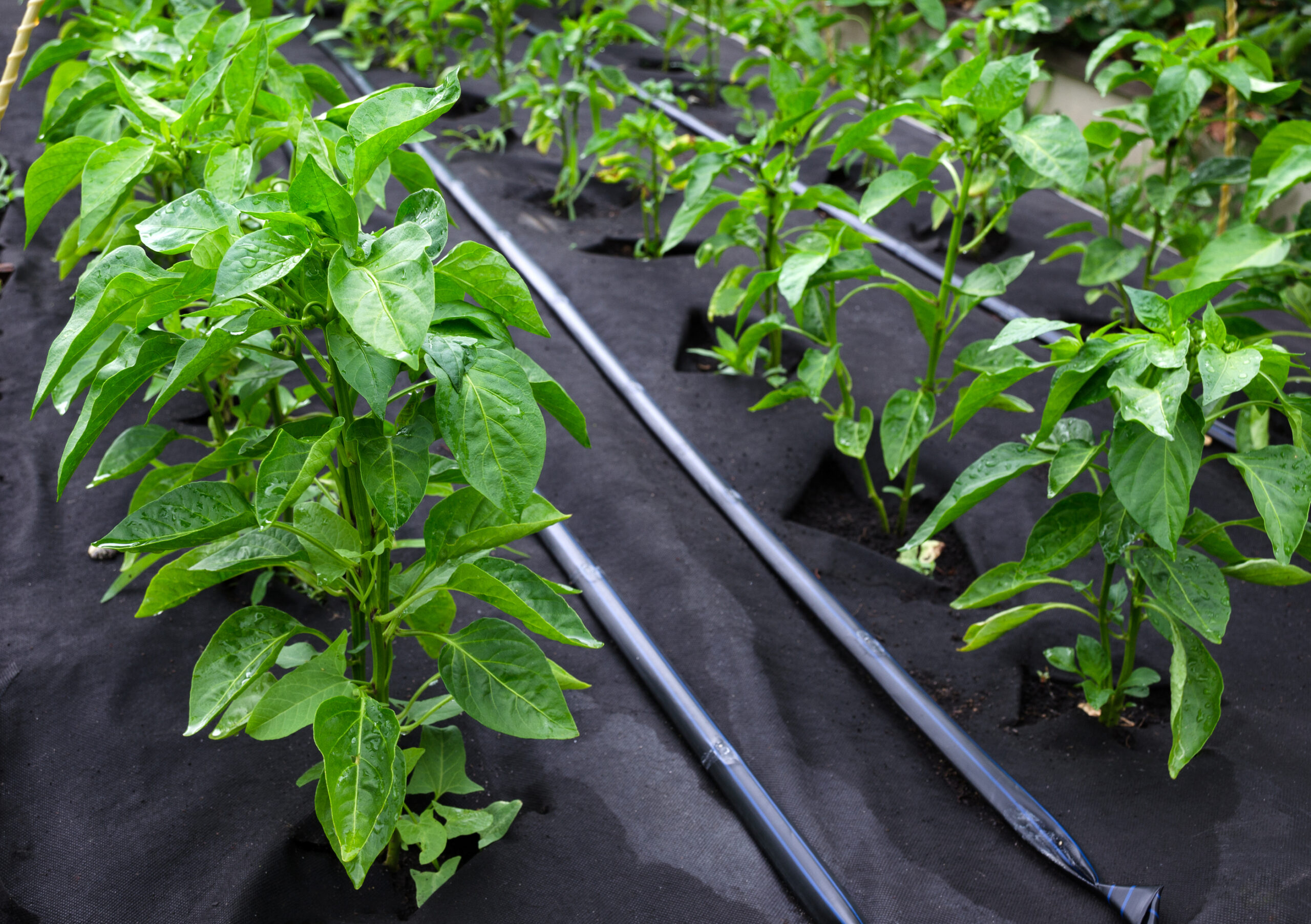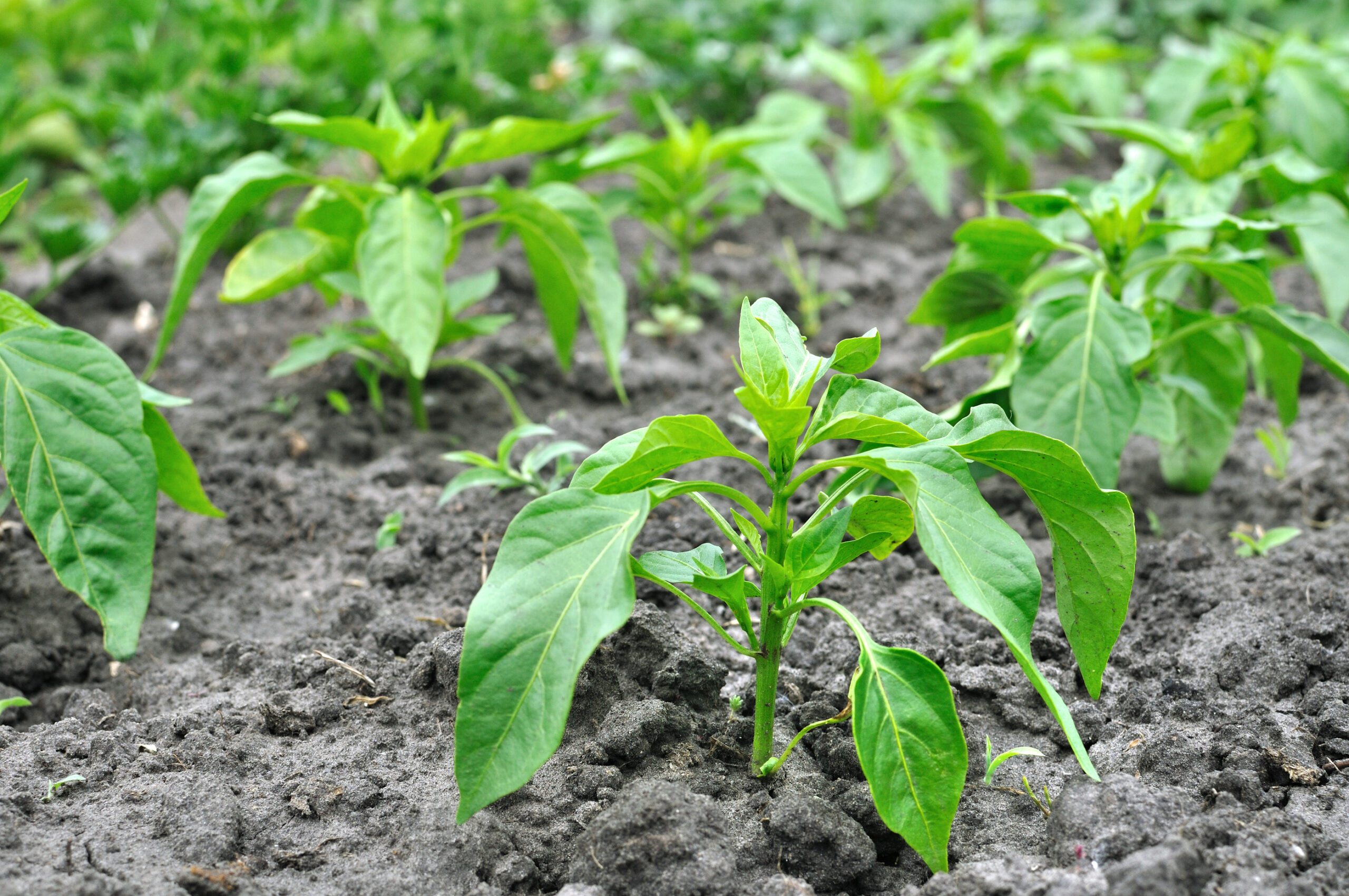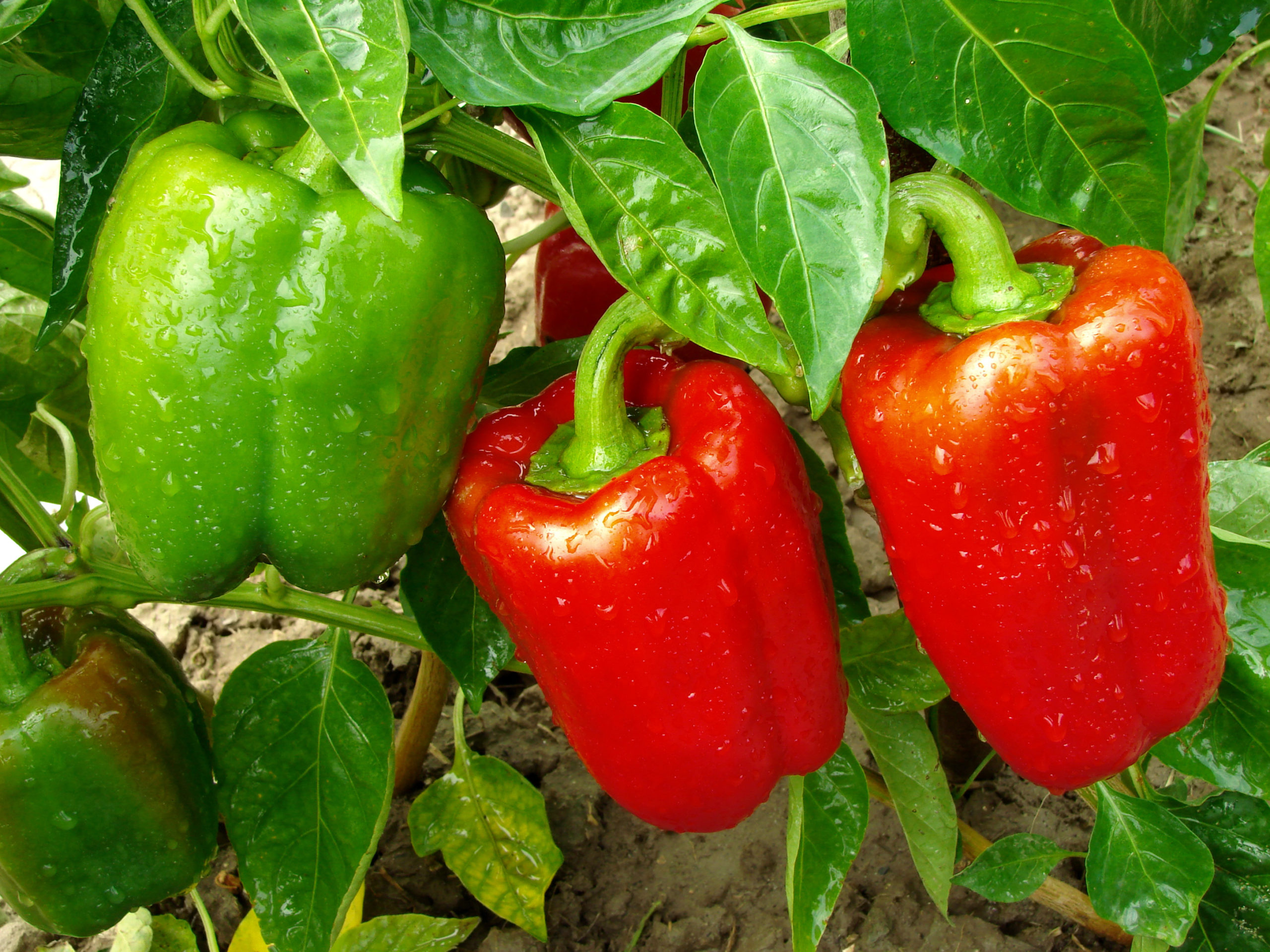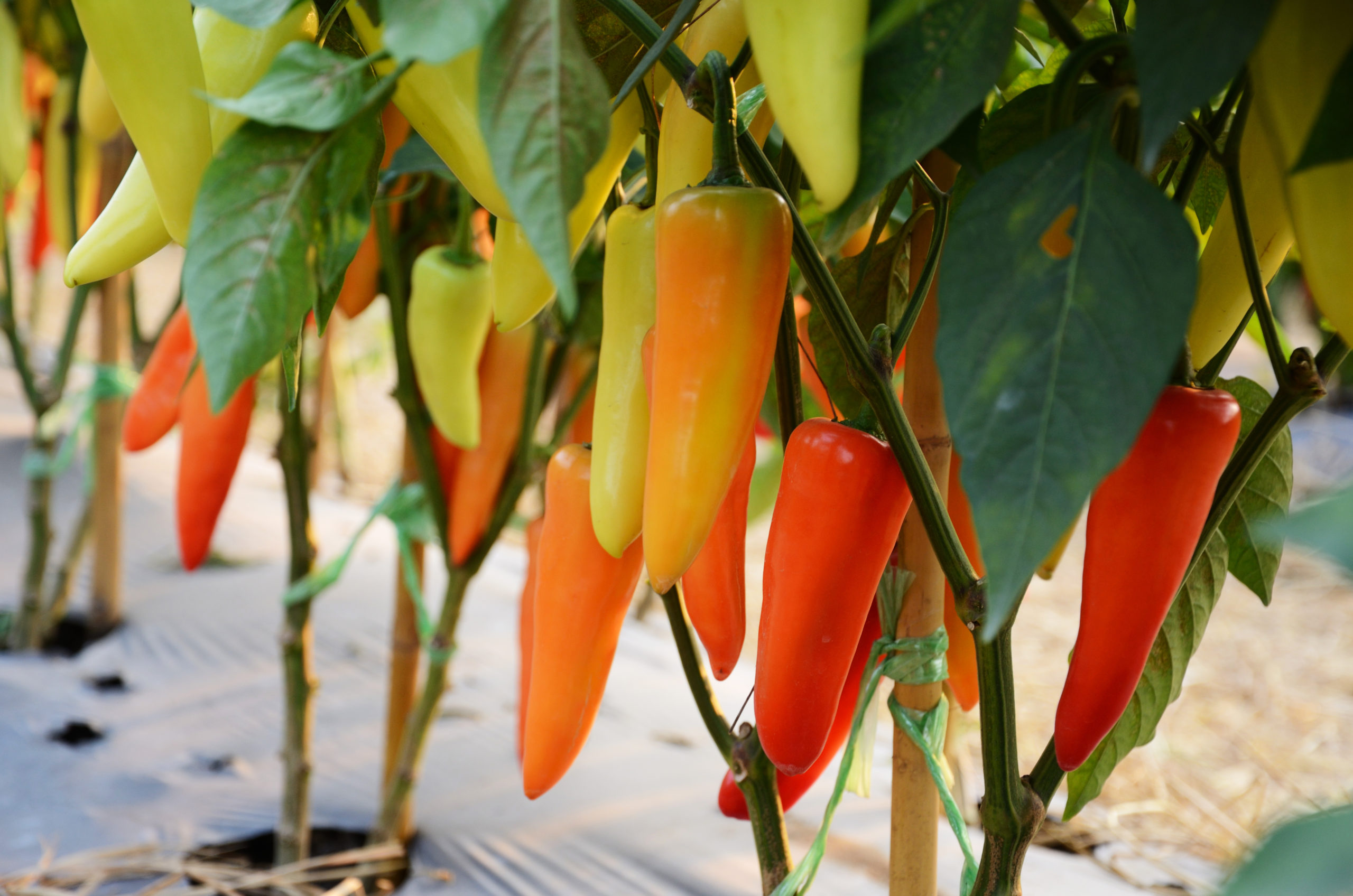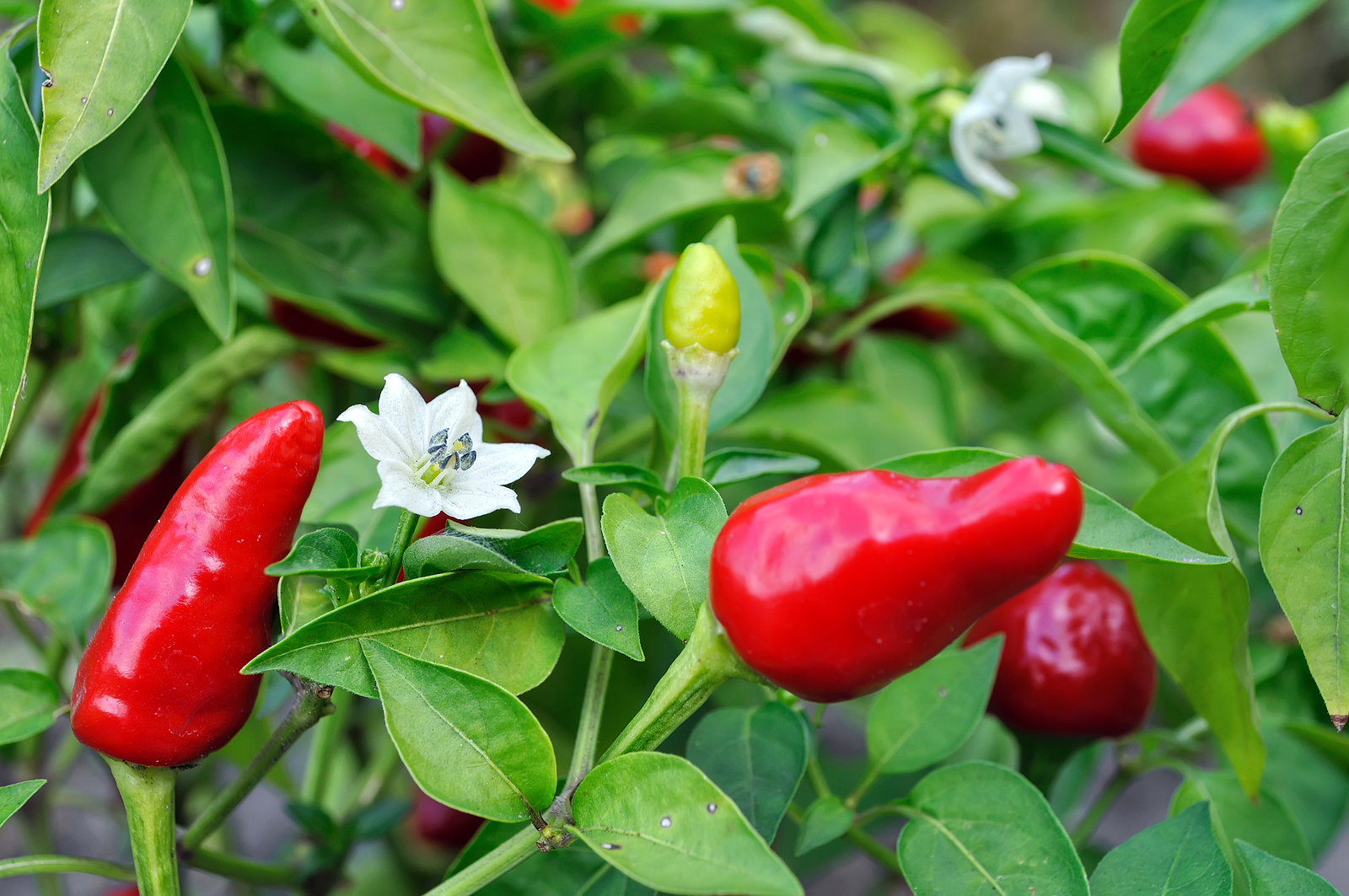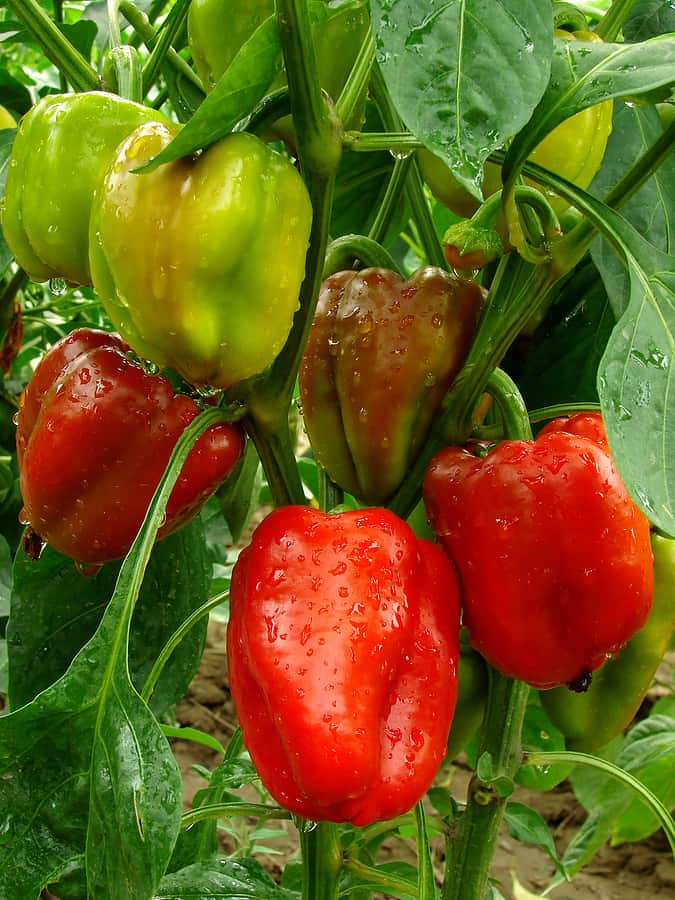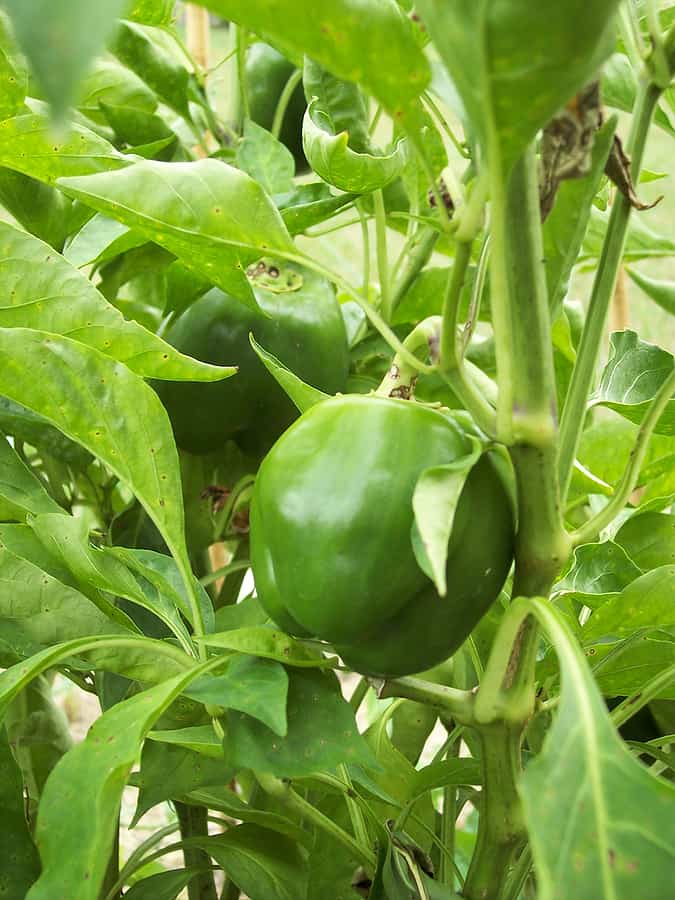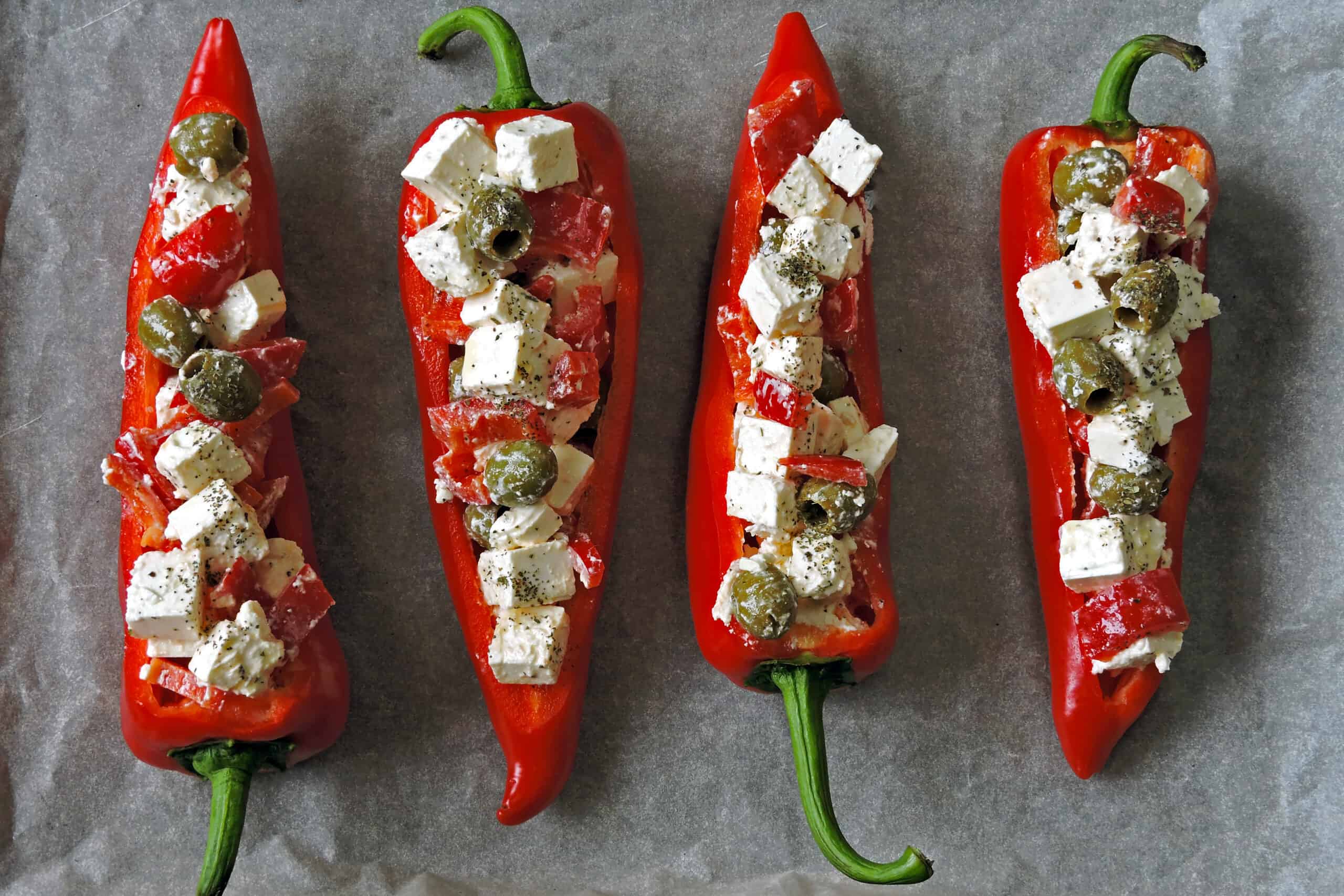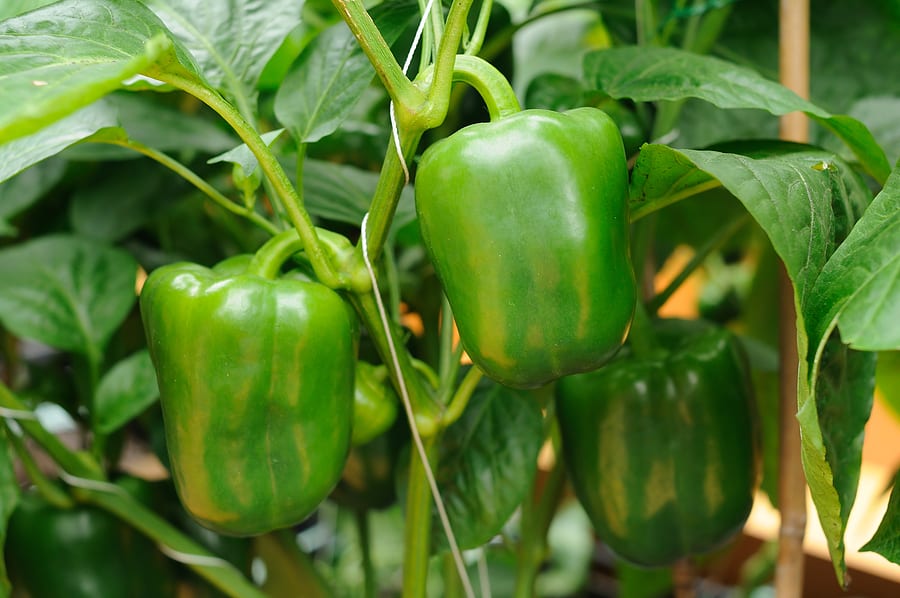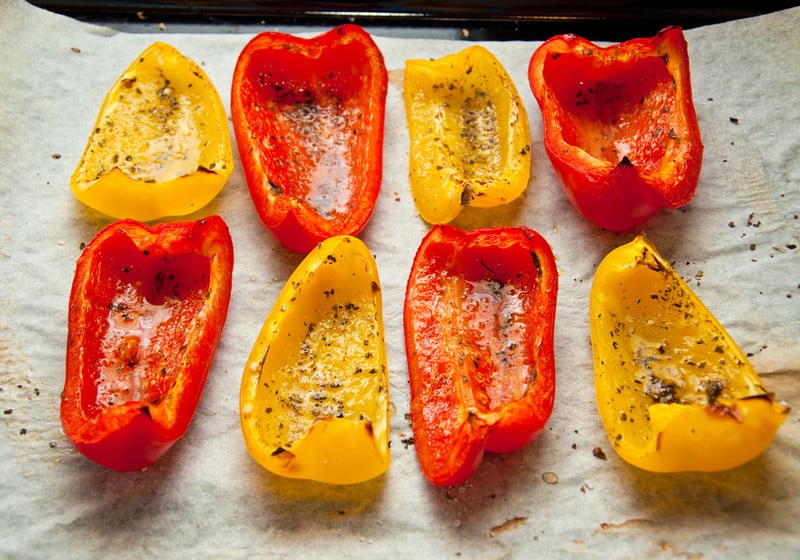Peppers
More stories
-
When and How to Transplant Pepper Seedlings Outdoors
Over the years, I’ve learned that transplanting pepper seedlings at the right time and under the right conditions can make all the difference in achieving a strong, productive harvest. When I first started growing peppers, I made plenty of mistakes—transplanting too early, failing to harden off seedlings properly, or planting them in soil that wasn’t […] More
-
How to Grow Sweet Peppers: A Gardener’s Guide to a Bountiful Harvest
Sweet peppers are one of the most rewarding vegetables to grow in a home garden. Their crisp texture and mild, sweet flavor make them a favorite for fresh eating, cooking, and preserving. Over the decades I’ve been gardening, I’ve experimented with dozens of sweet pepper varieties, tested different soil amendments, and learned how to deal […] More
-
Pepper Seed Starting: Proven Method for Strong, Healthy Plants
Starting peppers from seed is one of my favorite parts of gardening. There’s something satisfying about watching tiny seedlings grow into productive plants that thrive in the summer heat. After years of trial and error—figuring out which varieties germinate best, how to keep seedlings from getting leggy, and what soil mix leads to strong root […] More
-
How to Plant and Grow Hot Peppers: A Gardener’s Guide to Spicy Success
Growing hot peppers is both an art and a science, and after years of cultivating different varieties in my own garden, I’ve learned what it takes to produce strong, healthy plants with fiery, flavorful peppers. Whether you’re planting mild jalapeños or extreme Carolina Reapers, the key to success starts with proper planting, soil preparation, and […] More
-
Best Hot Pepper Varieties to Grow for Salsas, Sauces, and Drying
Growing hot peppers is one of the most rewarding experiences for home gardeners and spice enthusiasts. There’s nothing quite like picking fresh, homegrown peppers and using them to create salsas, sauces, and spice blends that are bursting with flavor. Hot peppers offer an incredible range of heat levels and taste profiles, from mild and smoky […] More
-
How to Harvest Sweet Peppers for the Best Flavor
After years of growing sweet peppers in my garden, I’ve learned that the perfect harvest timing makes all the difference in flavor. Picking too early can leave peppers tasting bland, while waiting too long might result in an overripe, less crisp texture. Through trial and error, I’ve discovered the ideal signs that indicate when sweet […] More
-
in How to Grow
Six Tips to Grow Peppers for Flavor
Peppers are one of the most rewarding crops to grow, but if you want the best flavor, you need to give them the right care from the start. Temperature, watering, feeding, and, in the end, patience are the keys to growing peppers that are rich, sweet, or spicy—depending on the variety. If you neglect even […] More
-
10 Steps to Grow a Bumper Pepper Crop
To get a bumper crop from your pepper plants, you must dedicate yourself to helping the plants thrive. Pepper plants are more temperamental than tomatoes—they demand warm temperatures, even soil moisture, feeding, and support—literally. Here are 10 steps that will all but guarantee sweet and hot pepper growing success. (But don’t turn your back on […] More
-
Five Ways to Cook and Serve Chili Peppers
Chilies or hot peppers can be eaten raw or they can be roasted, grilled, pan-seared, toasted, or stuffed. Chilies can also be added to other cooked dishes; they contain natural chemicals that enhance the flavor of other foods during cooking. Often small, hot chilies—such as the jalapeño, Serrano, poblano, Anaheim, and banana–are used fresh. But […] More
-
Mid-Season Pepper Problem Cures
Peppers are tropical plants and can be temperamental–especially the further they grow away from the tropics. They demand warm temperatures—not too cool and not too hot, organically rich soil, and even soil moisture—not too little and not too much. Give peppers these optimal conditions and they will produce until the first frost in autumn. Common […] More
-
Pepper Plant Problems, Pests, and Diseases—How to Fix Them
After decades of growing peppers, I’ve encountered just about every problem a gardener can face—wilting plants in the heat, leaves riddled with holes, stunted growth, and even entire crops lost to disease. Early on, I struggled with diagnosing issues quickly, often losing valuable growing time. But through experience, research, and trial and error, I’ve learned […] More
-
Preparing and Serving Sweet Peppers — Harvest to Table
Eat sweet peppers raw in salads, or eat them steamed, stir-fried, roasted, grilled or roasted, or stuffed. Use them in casseroles or rice dishes. Sweet peppers are in season from late spring through late summer. Types of sweet peppers Sweet peppers are warm-season annuals in temperate regions and perennials in tropical climates. Sweet peppers are […] More


